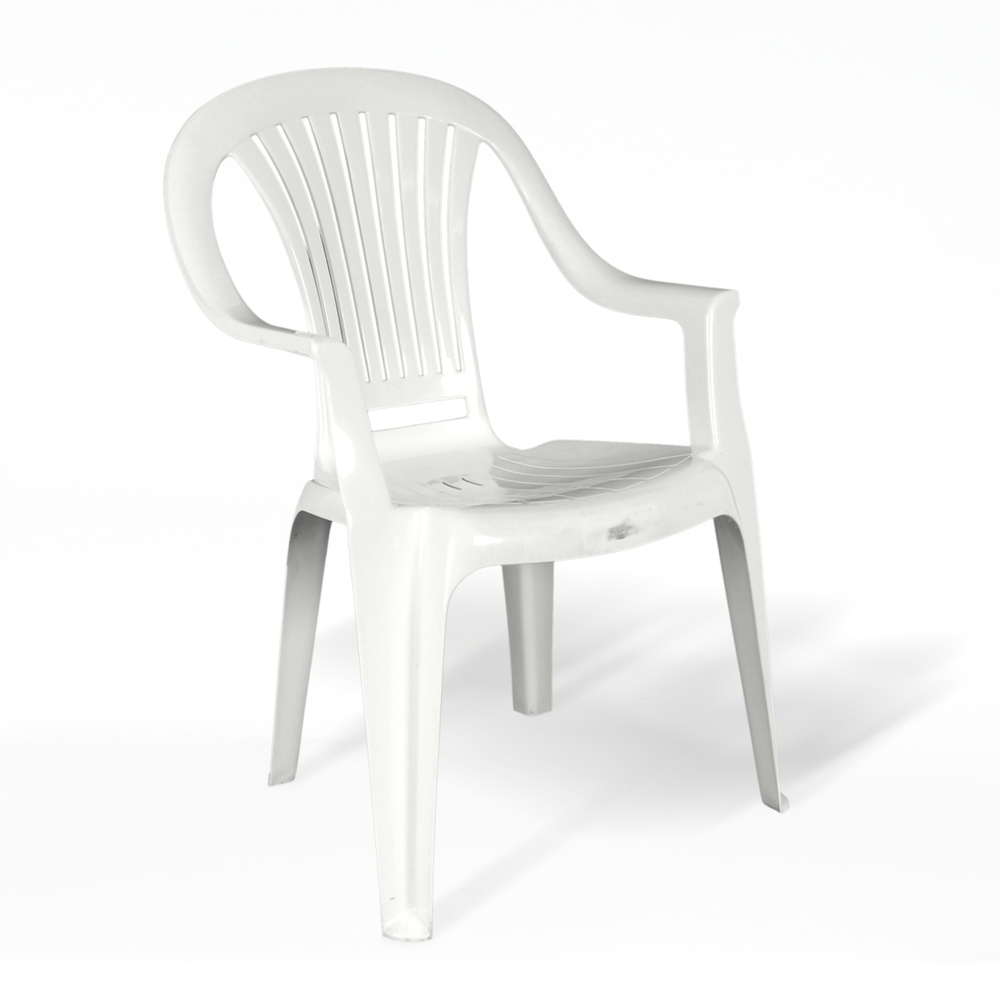

I recently came across articles about the Monobloc chair, which is culturally considered a global ubiquity. You won’t know if a photo of it was taken in Oslo or Djibouti.
While the design is everywhere, it seems no single manufacturer is associated with the product. This is partly caused by the lack of associated branding. Monobloc is basically open source by now. You could set up a factory anywhere and start producing these chairs instantly & legally. Competing in their production is a race towards the bottom. I also doubt even 5% of people owning these chairs know about the names or history behind the design.
Some other examples of ubiquitous design:
I bet you can instantly visualize these objects in their most iconic form without effort.
Builders and investors reading this will love the next part. If you take the idea of an ubiquitous design/object further, you get ubiquitous product.
This concept is characterized by: